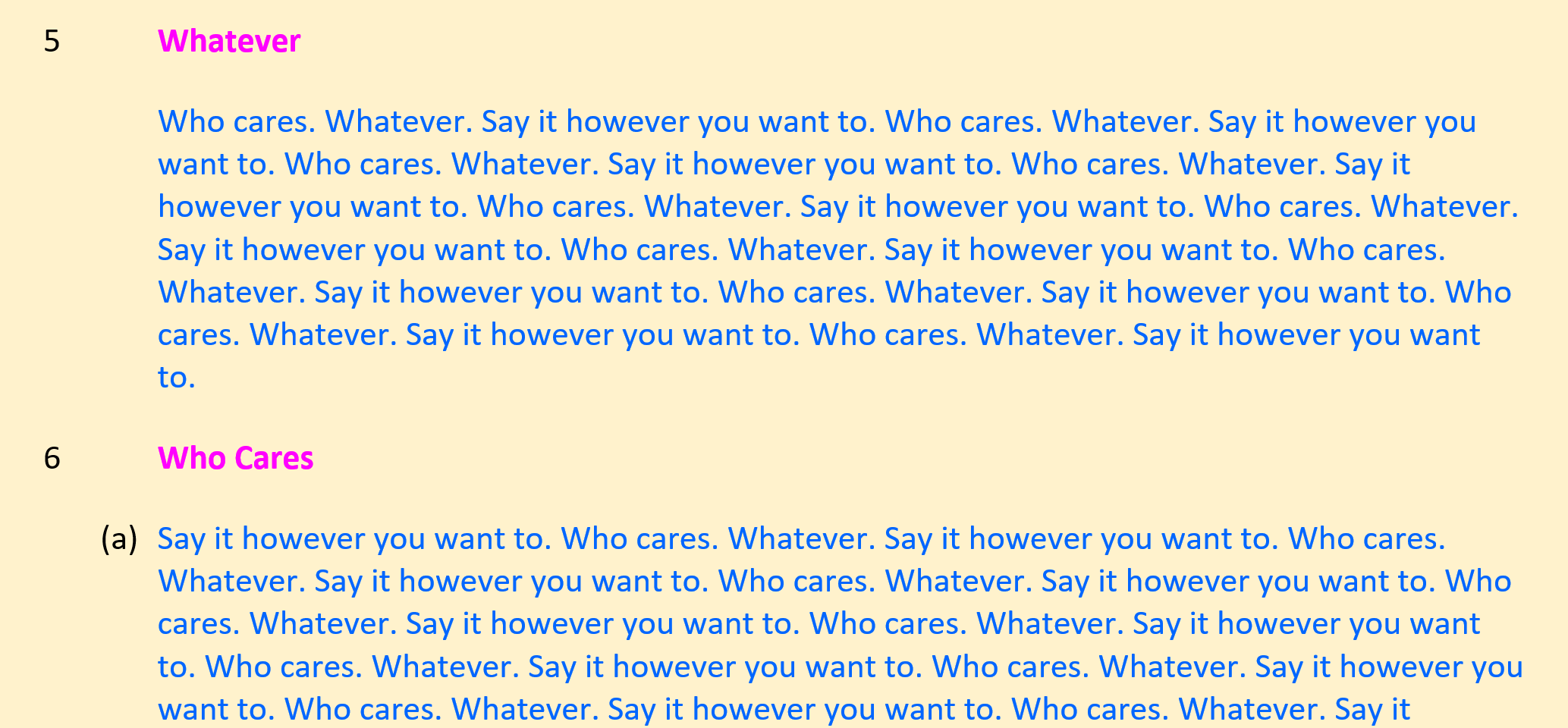 I have a fantasy. Let me tell you about that fantasy. Don’t worry, it’s nothing lurid.
I have a fantasy. Let me tell you about that fantasy. Don’t worry, it’s nothing lurid.
In my fantasy, a company adopts a detailed set of guidelines for contract language. Those guidelines apply to every contract, regardless of what part of the company is responsible for it. They’re not namby-pamby, we-think-this-would-be-a-good-idea guidelines: if you want to keep drafting, reviewing, and revising contracts for the company, you’ll comply with the guidelines. Heck, the guidelines even apply to outside counsel that prepares contracts for the company, if outside counsel wants to continue being outside counsel.
My fantasy came to mind while I was flipping through the GE intercompany services agreement that prompted me to write my previous post. (Go here for the contract.) If you’re a student of contract-drafting dysfunction, there’s plenty for you to look at in that contract, in addition to the verb structures I discuss in my previous post. That’s because it’s an example of traditional contract drafting. To give you one example selected at random, check out the ten—count ’em—different efforts standards used in that one contract, taking into account different mix-and-match components of the sort I discuss in this post.
This sort of dysfunction makes a company’s contracts harder to read and understand and can create confusion leading to dispute. That results in companies wasting lots of time and money, hurting their competitiveness, and assuming unnecessary risk.
I suspect that the contract was drafted by GE lawyers, as the notices provision doesn’t mention outside counsel. But for my purposes, that’s irrelevant, because in my fantasy, the guidelines would apply to outside counsel too. So GE doesn’t have my fantasy set of guidelines. I wager it doesn’t have purely internal guidelines either.
That raises the question, Why not? The first obstacle is that putting together a suitable style guide would require specialized expertise that a company won’t have in-house, for reasons I discuss in this post. One piece of evidence to that effect is the Adobe Legal Department Style Guide, which I discuss in this post. It’s a laudable effort, but the most important thing about it might be that it exists at all. As a style guide for contract drafting, it falls short.
So there’s no reason for me to pick on GE, except for the fact that its contract got me thinking. To my knowledge, no company has adopted a set of guidelines that would come close to fulfilling my fantasy.
Furthermore, the idea of hundreds of companies each creating their own style guide for contract drafting is preposterous. That’s not how style guides are meant to work. Instead, someone with suitable credentials prepares a style guide. If it works, it’s adopted widely.
That’s why next year I expect to publish with the American Bar Association a short, punchy style guide for contract drafting that’s designed to be adopted by organizations and used by all their contracts personnel. (Those who spend quality time rummaging in the entrails of contract language would continue consulting the much heftier A Manual of Style for Contract Drafting.)
Availability of a style guide that can be adopted organization-wide doesn’t mean companies will adopt it. But the beauty of contract drafting is that it’s not subject to a popular vote. If you want to reap the benefits of a centralized approach to your contract process—in other words, if you want to make my fantasy a reality—you’ll be in a position to do so.
